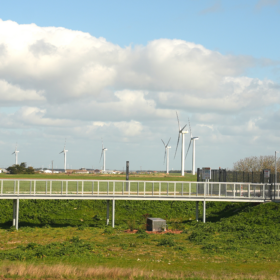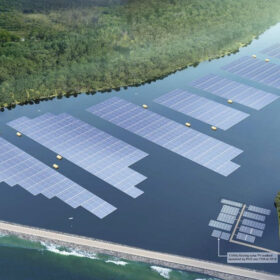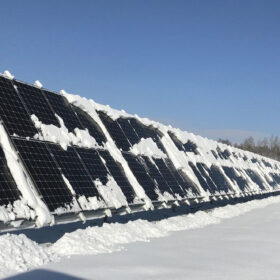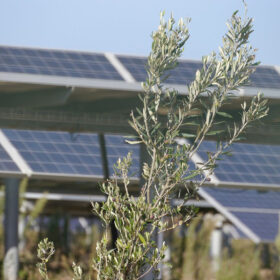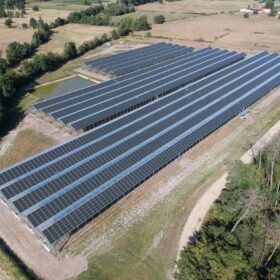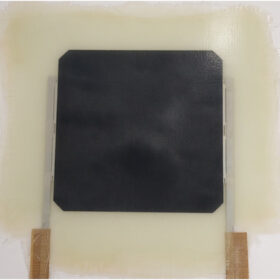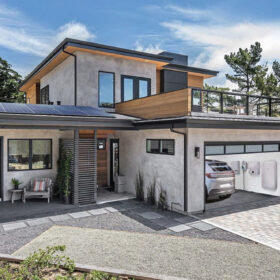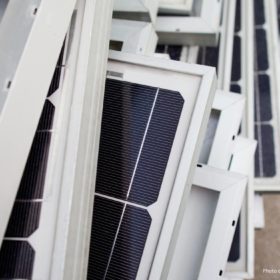Lhyfe expanding hydrogen production with focus on offshore wind
Jérémy Langon, head of energy sourcing and site development for Lhyfe, tells pv magazine that the France-based hydrogen producer is focusing on a combination of renewable sources, including offshore wind, to scale up hydrogen production.
The ‘next big thing’
The PV industry in Southeast Asia has come a long way since guest author Ragna Schmidt-Haupt, partner at Everoze, reported on solar financing innovation in the region more than a decade ago. In this article, she outlines five factors for success, the newest of which has the potential to become a game changer, and not only in Southeast Asia.
Weekend Read: Data harvesting
Mounting system manufacturers back their technology but farmers still have questions about the realities of solar on agricultural land. Ramping up research on how agrivoltaics affect farming yields could provide vital answers.
Local authorities can lead net zero charge
With metropolitan-borough and city councils in England and Wales already driving decarbonization initiatives, local government bodies could do so much more if given adequate powers and funding.
New software tool unlocks BIPV design
RMIT University in Australia has developed new software that integrates product, regulation, technical, economic, and construction data. It helps architects and engineers to estimate the cost of building-integrated photovoltaics (BIPV) during the conceptual design phase.
Weekend Read: Barren soil for agrivoltaics
PV has real potential on agricultural land in Italy, where multinationals and entrepreneurs alike share an enthusiasm for solar innovation. This is being hindered by a piecemeal approach to regulation.
Italian agrivoltaics could be a vital plank of the EU’s energy transition
Europe awakened to its energy dependency on Russian gas as the Russia-Ukraine conflict unfolded and the war has pushed the European Union to accelerate its energy transition. Italy could play an important role.
Novel solar module encapsulant based on glass-fiber, epoxy resin
Researchers in Spain have used a glass fiber reinforced composite material with an epoxy matrix containing cleavable ether groups as an encapsulant material for photovoltaic panels. They found that new material still has issues with performance stability, but they also ascertained it ensures lower electrical losses.
Weekend Read: The solar-battery-EV dream
For those who combine solar, batteries, and electric vehicles (EVs) at home, driving on sunshine is a realistic goal. However, there are many factors to consider when analyzing the economic payoffs, as well as the technical possibilities and limitations of such systems.
Netherlands raises solar panel recycling fee to ‘absorb shocks’ in market
PV module importers in the Netherlands saw the solar module recycling fee increase from €6.50 ($6.8) per ton to €40 per ton in July. In a chat with pv magazine, Jan-Willem Jehee, operations manager at Stichting Zonne-energie Recycling Nederland (ZRN), explains the money generated from the fee hike will be used to finance a guarantee fund that would ‘absorb shocks in the market should one occur.’
